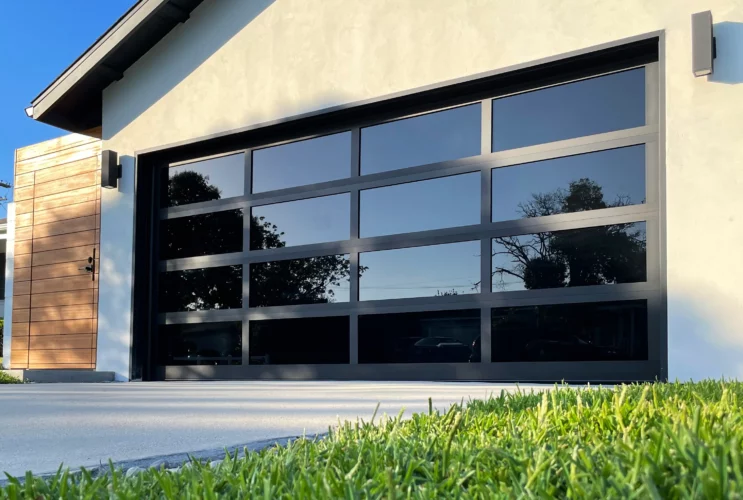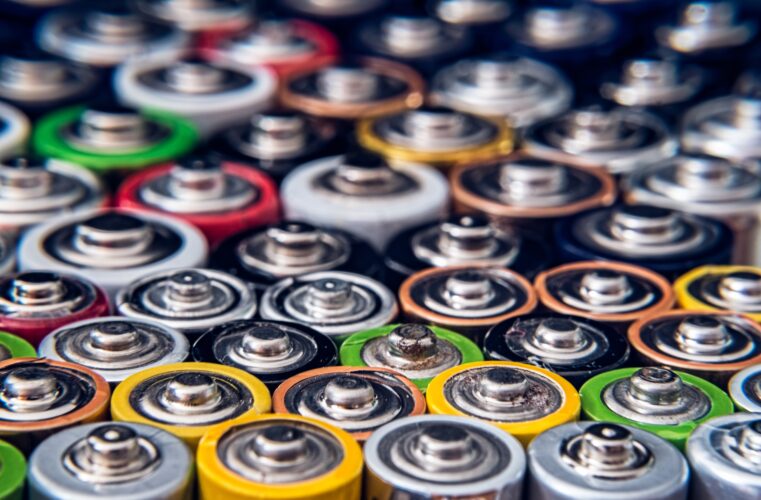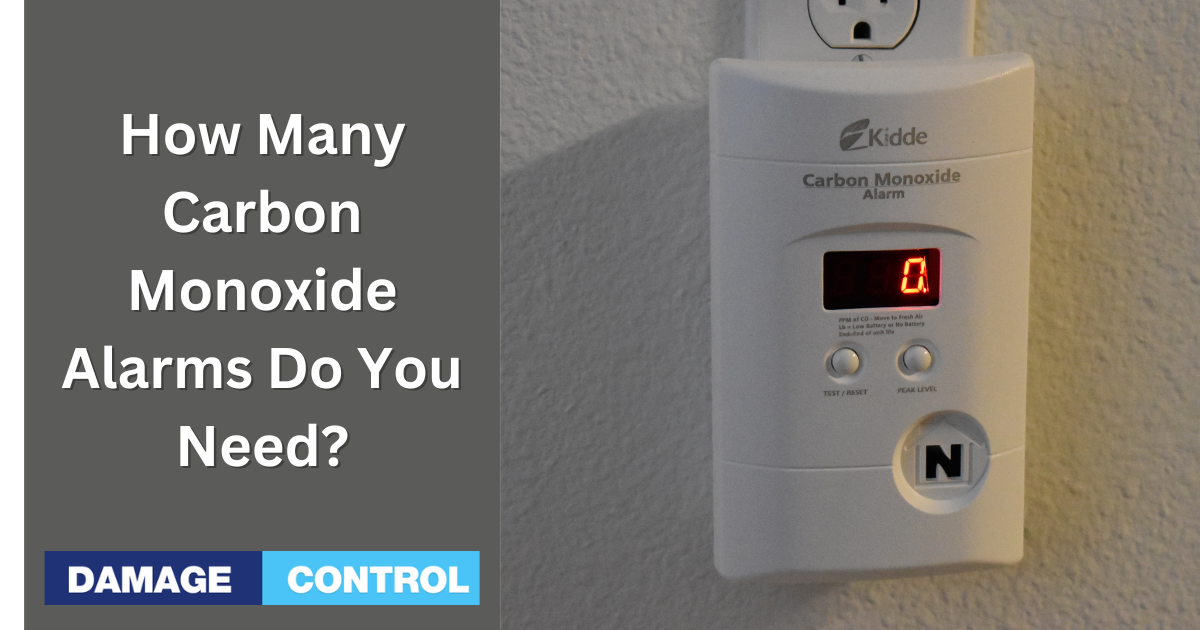Safety, undoubtedly, tops the list of priorities when it comes to your home. Part of that safety involves making sure your house has enough carbon monoxide (CO) detectors. But how many do you need exactly? Let's dive into this critical topic.
Every Detector Counts
Carbon monoxide (CO) can leak from multiple sources, including appliances like heaters, stoves, or fireplaces. If a leak occurs in a room without a detector, dangerous levels of CO can build up before you're aware. Hence, having multiple detectors provides broader coverage, enhancing the safety of your home.
All Levels Require Detection
CO gas is almost the same density as air, which means it doesn't just hover at ground level; it can disperse evenly throughout your home, including upper and lower floors. If a leak occurs in the basement, CO gas can rise to higher floors. Consequently, every level of your home should have a carbon monoxide detector to ensure immediate detection wherever a leak occurs.
Sleeping Areas: Silent Risk
During sleep, your sense of smell doesn't work, making it impossible to detect a CO leak. And because CO is colorless and odorless, high levels can accumulate without waking you. This situation makes bedrooms especially vulnerable, which is why having a detector in each sleeping area is crucial.
Garages: Potential CO Hotspot

Garages are common sources of CO leaks due to the presence of cars and other gasoline-powered equipment. Even minor leaks from these sources can lead to a dangerous CO buildup in an enclosed garage. As this gas can seep into your home from the garage, a CO detector here can warn early about a leak.
Size Matters: More Space, More Detectors
Larger homes have more space for CO to disperse before reaching a detector, potentially allowing harmful levels to build up. Besides, more rooms and floors likely mean more appliances that could cause CO leaks. Therefore, larger homes require more detectors to ensure complete coverage. As a general rule, aim for at least one detector for every 1,000 square feet of living space.
The Final Count
To sum it up, the number of carbon monoxide detectors you need depends on several factors:
- The number of levels in your home
- The number of sleeping areas
- Whether you have a garage
- The overall size of your home
While it might seem like a lot, remember that each detector is a potential lifesaver. You can't put a price on the safety of your loved ones. So, when it comes to CO detectors, more is always better.
Maintenance Matters
Having the right number of CO detectors is only half the battle. Regular maintenance is essential to ensure they're always in working order. Test them monthly, change the batteries annually, and replace the entire unit every 5-7 years.
You're taking a significant step towards a safer home with the right number of CO detectors, correctly placed and well maintained. Safety is not a destination but a journey. Let's journey together, one CO detector at a time.
A Guide to Choosing the Right CO Detectors
The decision on which CO detector to choose should factor in:
- Power Source: Battery-operated or hardwired
- Digital Display: To monitor CO levels continuously
- Alarm Sound Level: Must be loud enough to awaken a sleeping person
- Certification: A stamp of safety
Understanding the number of detectors necessary is only half the battle. The other half involves selecting the right models. Let's delve into the details of choosing the perfect CO detectors for your home.
Power Source: Battery-Powered or Hardwired?

CO detectors are typically battery-operated or hardwired into your home's electrical system. Battery-operated models offer the convenience of easy installation anywhere in your home. Simply install the batteries, find a suitable spot, and you're good to go.
On the flip side, hardwired models connect directly to your home's power grid, requiring professional installation. The upside? They often come with battery backups. That means even if your power goes out, the detector keeps working. Consider your installation capabilities and the reliability of your power supply when deciding between these options.
Digital Display: Clear and Convenient Readings
CO detectors with digital displays provide a clear readout of your home's current carbon monoxide levels. A digital display keeps you informed even when CO levels are below the alarm-triggering threshold. This continuous monitoring can provide an additional level of reassurance. Consider a detector with a digital display if you like to have as much information at your fingertips as possible.
Alarm Sound Level: Wake Up Call
The volume of the alarm can literally be a life-or-death detail. The detector's alarm must be loud enough to wake you up, even if you're sound asleep or in a distant part of your home. Check the decibel (dB) rating of the alarm when purchasing. A typical detector should have an alarm sound level of around 85 dB – that's about as loud as a blender.
Certification: Safety First
Last but not least, ensure your chosen detector is certified by recognized safety standards organizations such as Underwriters Laboratories (UL) or the Canadian Standards Association (CSA). Certification guarantees that the device meets rigorous safety and performance criteria, providing an additional layer of assurance.
By evaluating these elements, you'll be able to navigate the myriad of options available and find the best CO detectors for your home. Stay safe!
Conclusion
Determining the number of carbon monoxide detectors needed in your home is crucial in ensuring your safety. Every level, each sleeping area, and large spaces need their own detectors. And, don't forget the garage! Remember, regular maintenance of these detectors is as vital as their correct placement. Choose the right detectors, place them wisely, and maintain them consistently. The path to safety may require effort, but the peace of mind it brings is worth every step.

